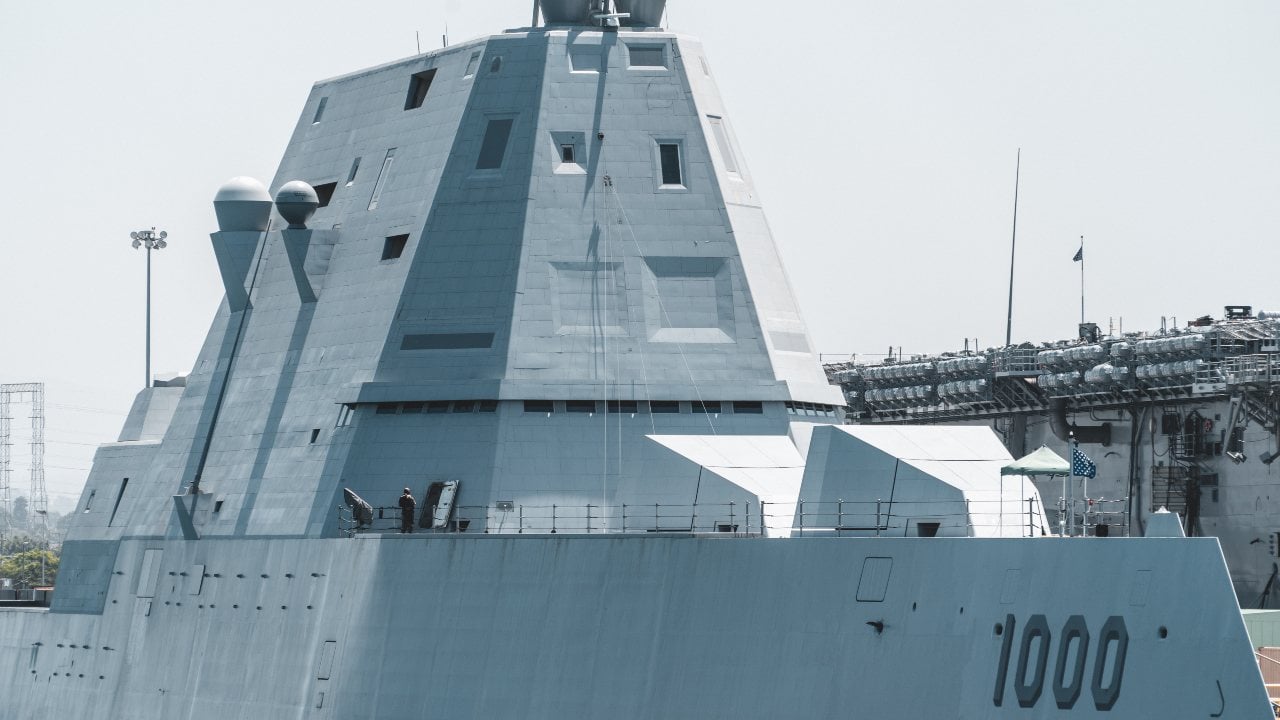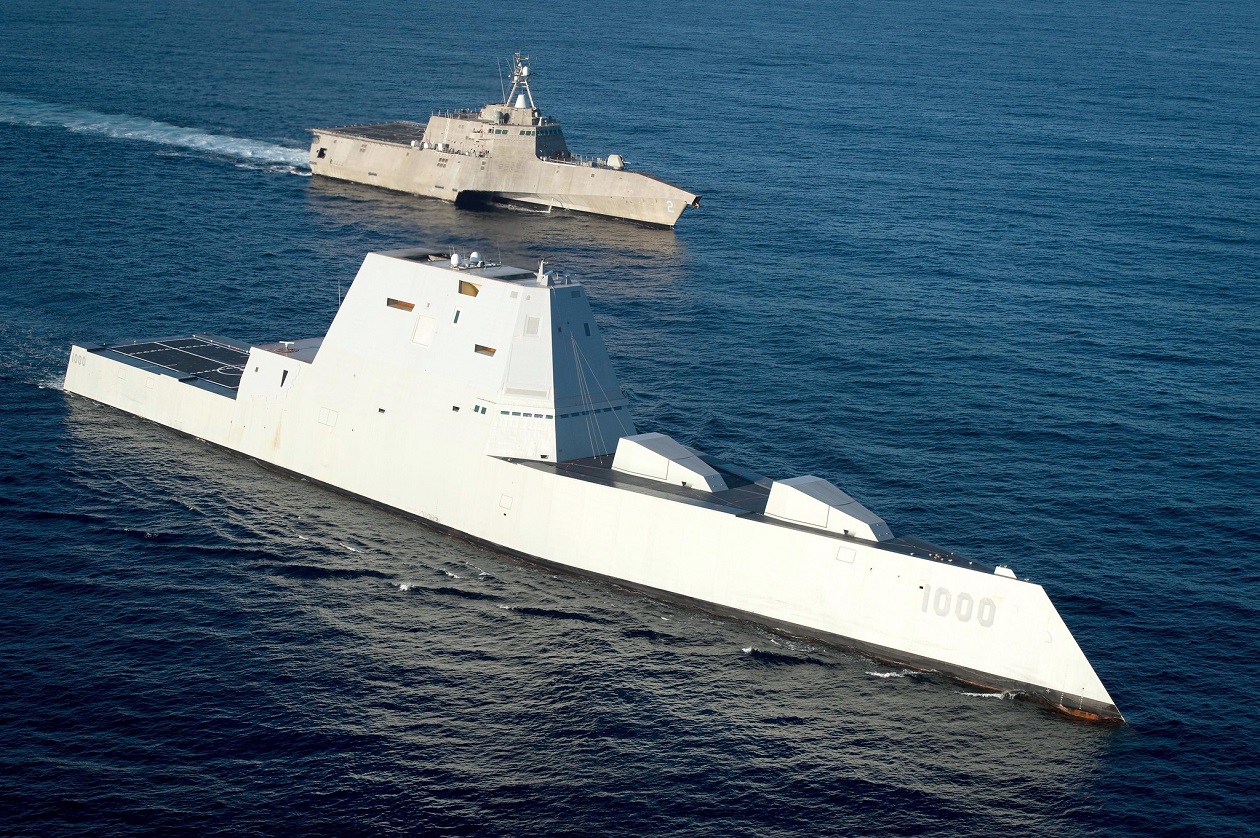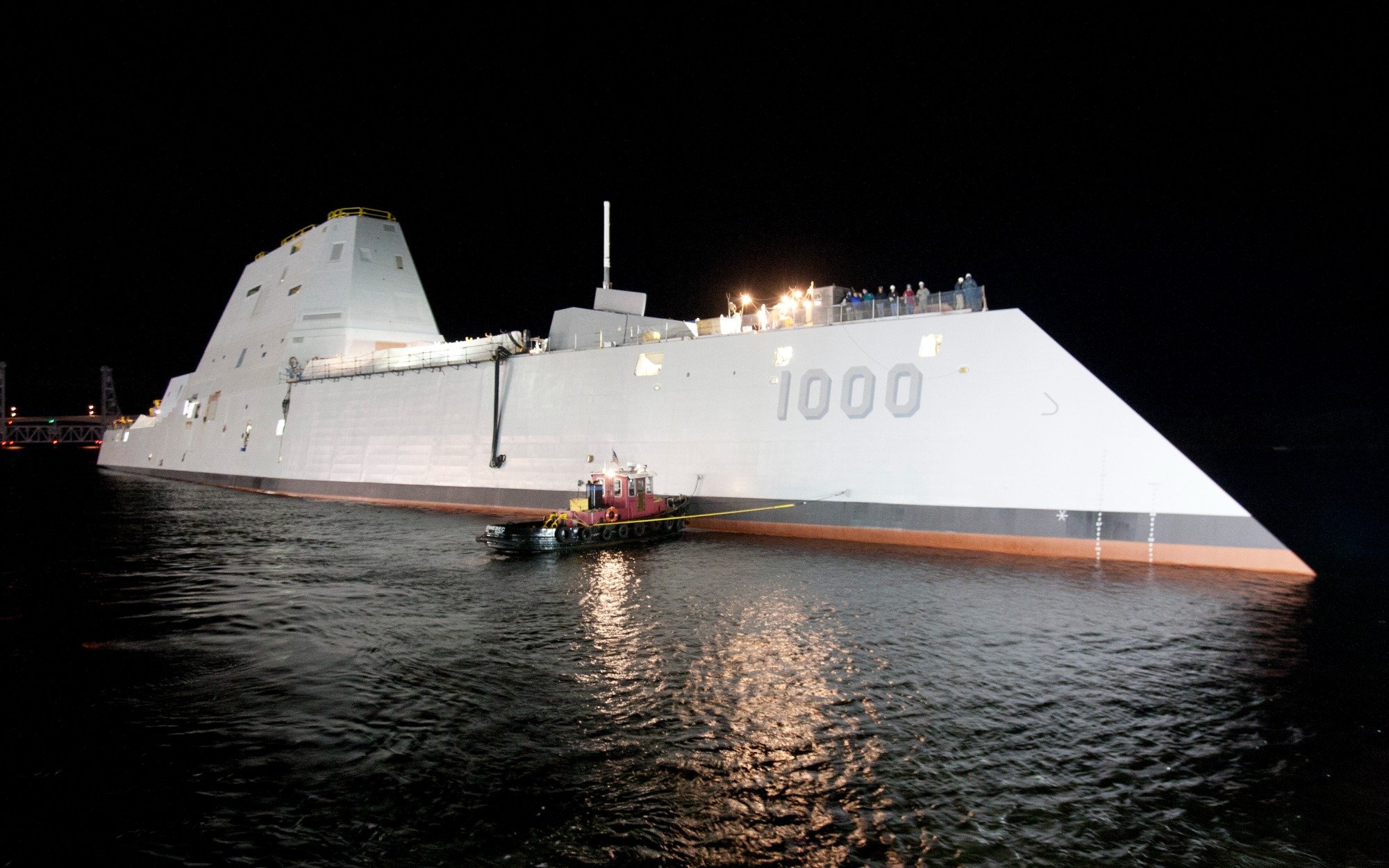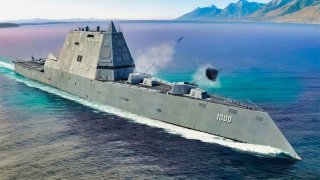Conventional Prompt Strike: The U.S. Military's Great Mistake?
The U.S. Air Force’s Conventional Prompt Strike (CPS) program aims to develop hypersonic weapons capable of delivering precision-guided conventional munitions globally within an hour.
Summary and Key Points: The U.S. Air Force’s Conventional Prompt Strike (CPS) program aims to develop hypersonic weapons capable of delivering precision-guided conventional munitions globally within an hour.

-This joint effort with DARPA focuses on hypersonic glide vehicles and cruise missiles. Lockheed Martin leads the project, with integration planned for Zumwalt-class destroyers to enhance U.S. Navy capabilities. Despite the potential strategic benefits, challenges include technological infancy, reliance on vulnerable satellite constellations, and competition from China and Russia.
-Solutions like SpaceX’s Star Shield constellation are being explored to mitigate these issues. CPS represents a critical but complex step in maintaining U.S. military superiority.
Conventional Prompt Strike Program, Explained
As the international system further destabilizes and lethal capabilities proliferate to a variety of dangerous actors, the U.S. military continues its quest for absolute security.
While it is important to be skeptical of the push for absolute security at all costs, some developments under the rubric are worth exploring. One example is the U.S. Air Force’s Conventional Prompt Strike (CPS) program. Previously known as Prompt Global Strike, CPS aims to develop a system capable of delivering precision-guided conventional munitions anywhere in the world within one hour.
That is very similar to the rapid response time of America’s nuclear intercontinental ballistic missile force, but with conventional, non-nuclear warheads.
The Basics of CPS
The CPS program focuses on developing hypersonic glide vehicles and hypersonic cruise missiles with shorter and intermediate ranges for use in regional conflicts. These advanced systems are designed to travel at speeds of Mach 5 or higher, allowing for quick and decisive responses to emerging threats.
The CPS program is a joint effort between the Air Force and DARPA. Lockheed Martin, a leading U.S. defense contractor, has been awarded contracts worth over $2 billion to develop and integrate the CPS weapons system onto Zumwalt-class guided missile destroyers.

The Zumwalt has been castigated rightly as a boondoggle and a grave mistake by the Navy. But the inclusion of hypersonic capabilities might help give it a purpose. Lockheed has further become a primary mover of America’s overall hypersonic weapons development with their role in the Army’s Long-Range Hypersonic Weapon program. Northrop Grumman and General Dynamics Mission Systems are working alongside Lockheed in the effort.
Deploying CPS systems on Zumwalt-class destroyers will give the U.S. Navy a sea-based hypersonic strike capability, anchoring the nation’s global power projection and beefing up its ability to respond quickly to threats.
The combination of CPS capability with the stealth and mobility of the Zumwalt-class destroyer would significantly bolster America’s defenses and deter potential adversaries. CPS would complicate Chinese and Russian efforts to respond to U.S. military actions. The rapid response time and global reach of the system would make U.S. strikes hard to predict and counter. Such uncertainty could force China and Russia to reassess their military strategies and invest in countermeasures, potentially diverting resources away from other areas of concern.
Of course, there’s much work to be done when it comes to streamlining CPS.
Conventional Prompt Strike Program: A Good Idea?
The hypersonic weapons technology undergirding the initiative is very much in its infancy. Right now, both Russia and China are ahead of the Americans in this critical technological domain.
Plus, CPS will rely heavily on satellite constellations for its operations. Sadly, despite the creation of the Space Force in 2019, the new service has made very little progress in defending America’s vital yet vulnerable satellites.
CPS might be DOA if China and/or Russia decide to simply launch a comprehensive counterspace assault on the satellite constellations that would drive CPS.
Innovations do exist that would mitigate the threat Chinese and Russian counterspace weapons pose to critical American satellite nodes.
For example, SpaceX is developing a constellation of disaggregated and decentralized satellites along the model of Starlink for the U.S. military. This program, known as Star Shield, is still in the early development phase.

CPS is a great concept. But can the U.S. military develop these capabilities in a reliable, affordable way – and can these capabilities be utilized in an increasingly contested global threat environment?
Author Experience and Expertise: Brandon J. Weichert
Brandon J. Weichert, a National Interest national security analyst, is a former Congressional staffer and geopolitical analyst who is a contributor at The Washington Times, the Asia Times, and The-Pipeline. He is the author of Winning Space: How America Remains a Superpower, Biohacked: China’s Race to Control Life, and The Shadow War: Iran’s Quest for Supremacy. His next book, A Disaster of Our Own Making: How the West Lost Ukraine, is due October 22 from Encounter Books. Weichert can be followed via Twitter @WeTheBrandon.
All images are Creative Commons or Shutterstock.
From the Vault
Russia Freaked Out: Why the U.S. Navy 'Unretired' the Iowa-Class Battleships
Battleship vs. Battlecruiser: Iowa-Class vs. Russia's Kirov-Class (Who Wins?)


